
views
Determining if You Can Sell a Plot
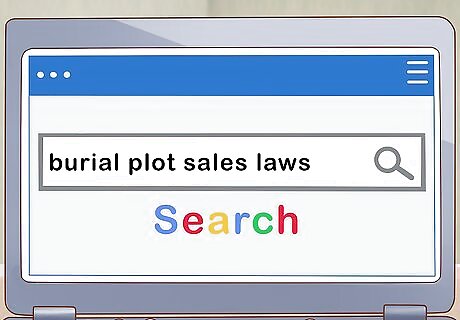
Check your state's laws. The laws governing a burial plot's sale or transfer vary greatly from one municipality to the next. Burial plot brokerages often go unregulated in the United States, but some states' comptrollers offices regulate cemeteries and the transfer of plots. Some states require that an individual selling his burial plot must first offer to sell the plot back to the cemetery before a private sale or brokerage can take place. Contact your city's comptroller office, or search online for burial plot sales laws in your area.

Know your cemetery's status. Even in places with existing laws that cover burial plot sales, there may be specific requirements that depend on the specific cemetery in question. For example, in New York, burial plots are supposed to be sold or transferred by the cemetery that houses those plots. However, cemeteries owned by religious institutions are considered outside the laws that govern not-for-profit cemeteries, and such sales or transfers are perfectly legal. Even if the law permits burial plot sales in your state, and the cemetery qualifies for such a sale, it's still best to confirm that the cemetery will honor such a transfer of ownership.
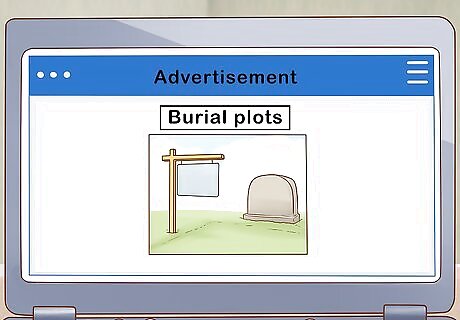
Check your local market. Assuming that your state, town, and cemetery all permit the transfer of ownership for burial plots, you may still have a hard time selling yours. Many people shy away from buying burial plots "second hand," while other places have an over-flooded market of people trying to sell their plots. Search for burial plots online, and see if there are a lot of existing advertisements. You should also check the dates on those advertisements to determine whether they tend to have a fast turnaround time. Where you live is the biggest factor in determining how successful your sale will be. Burial plots tend to sell the fastest, and net the most money, in places where people move to retire. In the United States, that means retirement destinations like Arizona, California, Florida, and Texas are often hot markets.
Selling Back to the Cemetery

Identify the cemetery's sexton. The sexton, or manager, is in charge of overseeing many transactions and arrangements for burial plots in the cemetery. The first step in arranging a cemetery buy-back is to identify who your cemetery's sexton is. Search the cemetery's website for a directory or contact information. The website should list who the manager or sexton is. If you cannot determine who the sexton is using the cemetery's website, you can try visiting the cemetery's main office in person.

Inquire about buybacks. It may feel awkward to ask a cemetery employee about buying back your plot, but it happens quite often and is nothing to be embarrassed about. Not all cemeteries will engage in buybacks, but many do. If your cemetery offers buybacks, the sexton/manager will be the best person to speak with. Generally speaking, cemeteries are not obligated to engage in a buyback. However, many cemeteries will buy unused plots back, or at least recognize an outside sale.
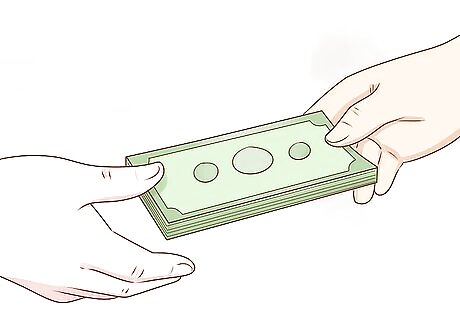
Complete the transaction. If the cemetery offers buybacks, the sexton/manager will most likely be the person to make the arrangements. In completing the transaction, the sexton will most likely consider how much you paid for the plot, how much it will be worth on the market today if sold to a new buyer, and arrive at a financial offer for you.
Selling a Plot Online
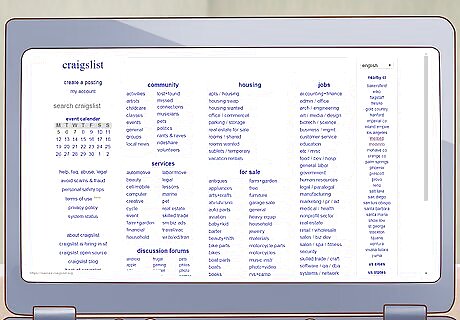
Choose an advertising service. There are many options for selling a burial plot online. You can use a specialized service, such as Grave Solutions or Plot Brokers, or place your own ad on free websites like Craigslist and Ebay. Placing your own ad can be advantageous, as there are no fees or costs to the seller. Working through a brokerage service can also be advantageous, as they take much of the work out of selling your plot. Brokerage services typically charge either a monthly advertising fee, a percentage of the final transaction, or a combination of the two.

Take photographs of the plot. It may sound a bit strange, but photographs can be an important factor in a buyer's decision. Many burial plot listings feature descriptions paired with photographs so that prospective buyers can get a comprehensive understanding of the plot before they decide to purchase it. Some people want a plot that is in a shaded area, for example, while others may worry about whether or not the plot location is prone to flooding.

Draft the advertisement. Your ad should clearly state the name of the cemetery, as well as the section, plot, and grave number. You should include photographs, if you have any, and a thorough description of what a seller can expect from your burial plot. The advertisement should also include your asking price for the plot, though many sellers end up offering some room for negotiation.
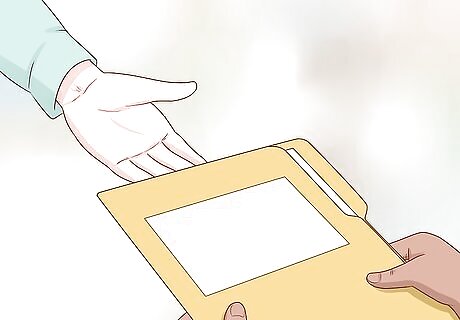
Complete the necessary paperwork. It's best to bring in a lawyer to help with the paperwork, as there will be a great deal of variance from one county, state, or country to another. Different municipalities have different requirements. Generally speaking, the paperwork you use to complete the sale should specify the location of the burial plot and a clear transfer of ownership. You may wish to secure a signature from a cemetery representative as well, so that the buyer feels comfortable with the purchase he is making.


















Comments
0 comment